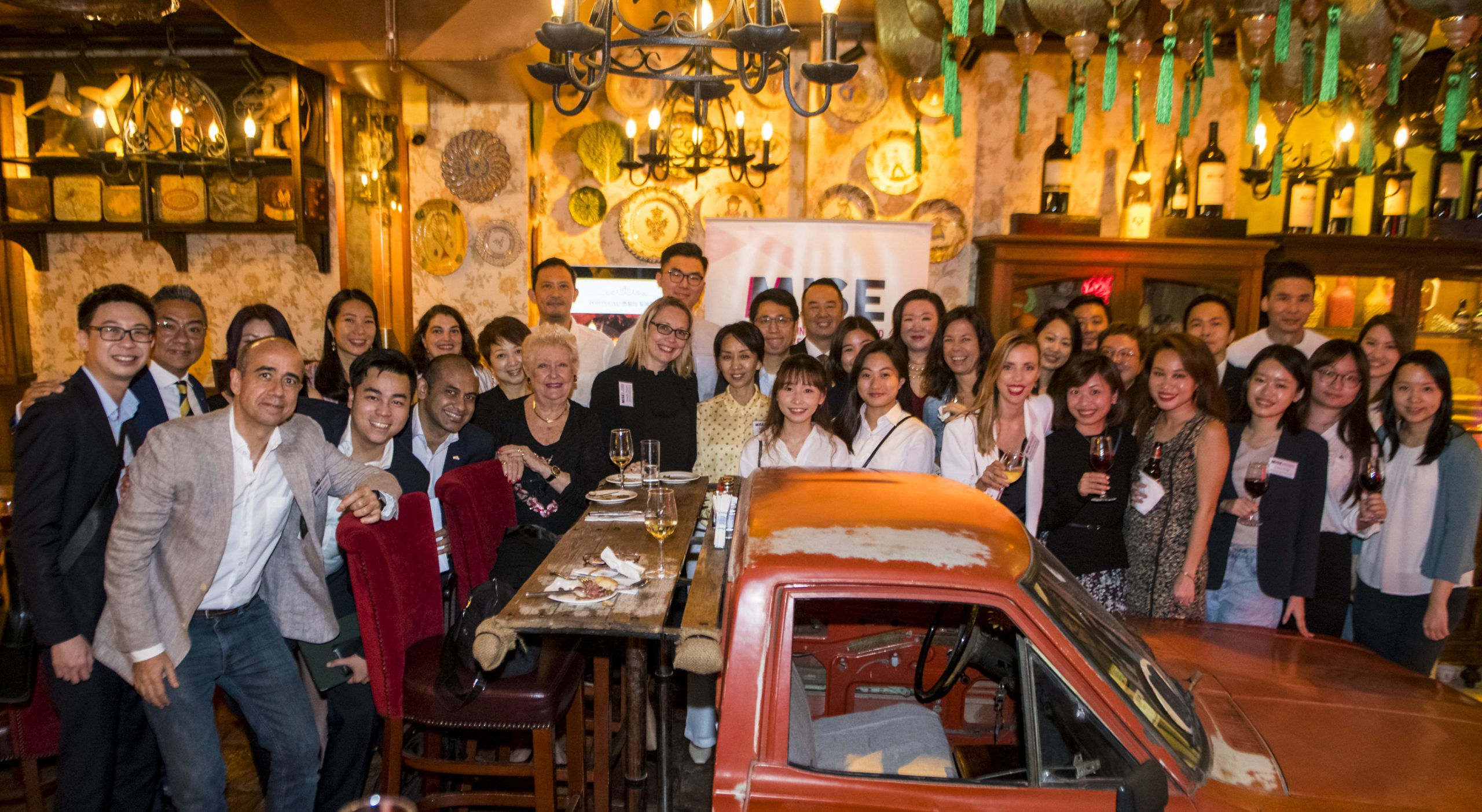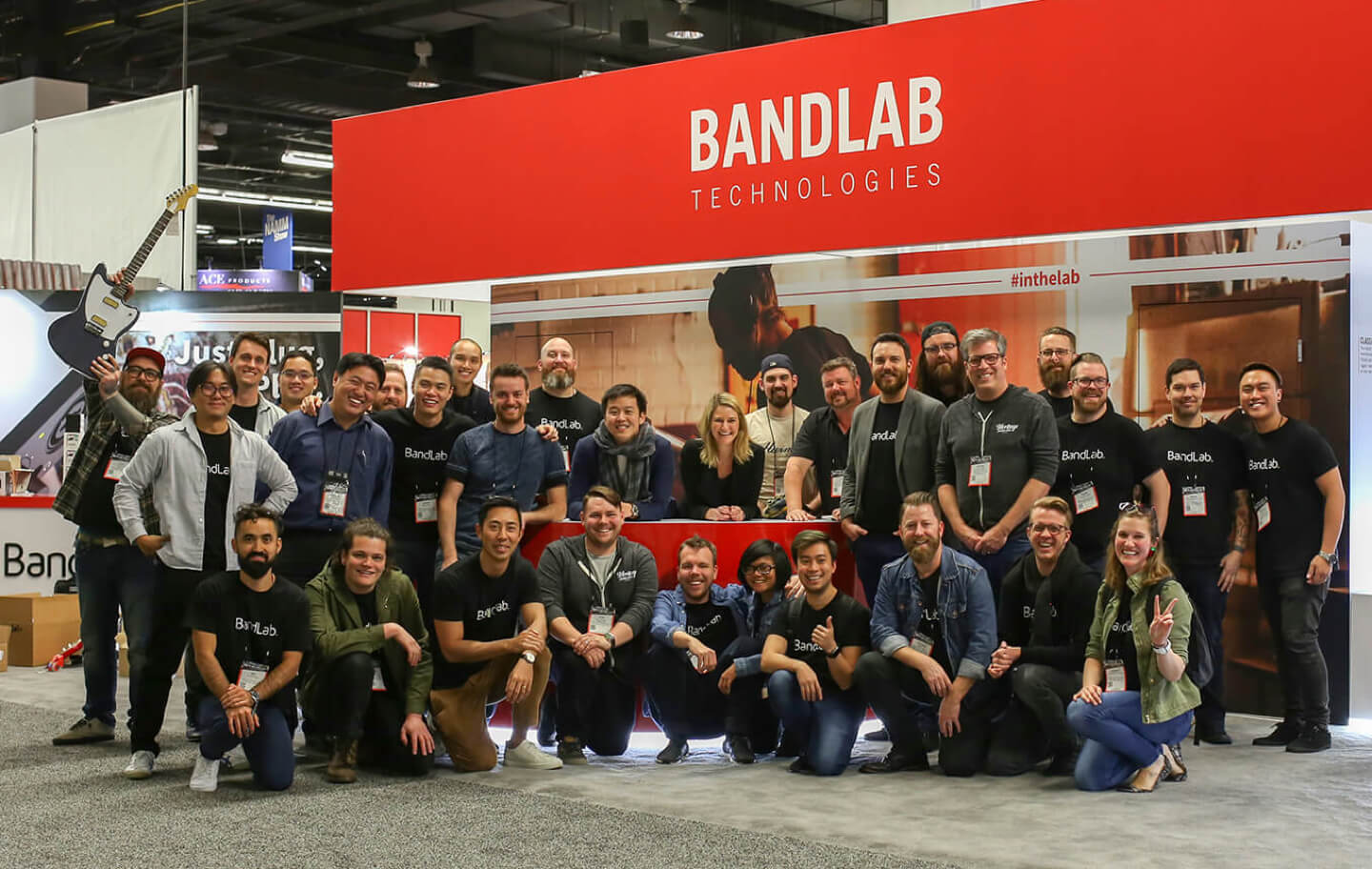With the internet at your desk and a mobile device in your pocket, event organisers are striving to find new ways to engage your attention besides the established face-to-face interaction. In fact, hybrid events that fuse the physical, live experience with virtual components have been on the rise for a number of years.

Technology firm etouches provides management solutions for events ranging from conferences, gala functions and fundraisers to tournaments, races and product launches. Steve Mackenzie, etouches’ chief revenue officer, says: “The adoption of hybrid events is increasing as organisers realise they can have a much wider reach if they don’t focus solely on traditional face-to-face meetings.”
Whilst the hybrid event may hold a great many positives, it has yet to reach critical mass. A research study entitled “Hybrid Meetings and Events” released by Meeting Professionals International (MPI) in September states that 50 per cent of its respondents have never organised a hybrid event, while another 25 per cent have never attended nor helped organise one.
This, however, does not negate the fact that, based on the same research, the majority of respondents – 70 per cent – feel that hybrid meetings will be important to the future of the meetings industry. Based on MPI analysis, meeting professionals are rapidly becoming familiar with the medium.
UNSUBSTANTIATED FEAR
The hybrid event is nothing new. One of the more common applications of the concept has seen conference organisers using web-based technology to open sessions to online delegates who otherwise would not have been able to participate. Adding a virtual component can expand an event’s audience reach and allow organisers to rebroadcast the content – often for a fee. Yet despite the positives, some specialists still seem wary of fully embracing the concept, regarding it as nothing more than just a gimmick.
Among the major concerns is, of course, technology glitches that can – and do – add an element of unpredictability to any event programme. It’s a bugbear for many of the industry’s key players, normally adept at controlling situations to the nth degree, and one that can threaten their ability to effectively deliver a consistent product. As the stability of such elements improves, though, what once seemed like a dangerous option has become standard practice, and we’re now entering a phase where it’s actually more of a risk to avoid using technology.
Today, the key argument of most detractors of hybrid events is the potential cannibalisation of face-to-face interaction. Organisers are frightened that digital interaction will render their kind obsolete.

The aforementioned MPI study claims, however, that cannibalisation is a myth, stating that, “given the time and budget, delegates still prefer face-to-face meetings”, and the data suggests that physical attendance either increases or remains the same when the option to join online is made available.
Mackenzie of etouches says: “Organisers need to consider that the face-to-face ?piece is still of sufficient interest and ?benefit that they don’t ‘cannibalise’ their ?event by having less people actually attend ?in person.”
Even if some meeting organisers are convinced, another major hurdle is with the client. Organisations, by and large, are yet to buy in to the hybrid concept. The MPI report says: “About 37 per cent of meeting professionals say that they face some scepticism from stakeholders who think that hybrid will eat away at face-to-face events, which speaks to the need of more education and benchmarking.”
The issue of cost
Even if both client and organiser are convinced, hybrid events are widely believed to be expensive to stage and execute. Yes, the technology required may be an additional expense but companies doing a hybrid event for the first time must realise that, for all intents and purposes, they are mounting two events simultaneously – a physical event and a virtual one, each geared toward different audiences that need to be engaged in different ways.
Mackenzie says: “The compelling factor for organisers to create hybrid events is that besides a wider audience base, they can lower costs in some cases by having keynote speakers join remotely, attracting an audience that perhaps normally wouldn’t consider ?such an event because of time away from the office, and generally creating a better experience for all.”
Organisers preparing to undertake a hybrid event should be aware of facing much tougher challenges than a crashed website. Prime among these considerations should be: Given the associated cost, how do you measure ROI? Of equal importance, though, what revenue model should be used, if any, for offering potential delegates the virtual attendance option?
Mackenzie says: “The biggest consideration is going to be if the event actually warrants being a hybrid production. Some events may not, and the worst thing would be doing a hybrid event just because you think it’s ‘cool’ and not because it suits the event’s needs.
“If it is deemed appropriate to go down the hybrid route, then make sure you have the right technology in place to make the virtual element a real showcase. The worst thing you can do is cut costs and then deliver a substandard experience.”

THE TOTAL EXPERIENCE
The hybrid event concept is still evolving. For many, a hybrid event involves remote delegates logging on to their computers to watch a webcast of a conference session or seminar. Today’s technology, though, allows the experience to be much more than just replayed content.
With the proliferation of social media technologies and mobile devices like smartphones and tablets, corporate event organisers are able to bring digital interaction onsite to the guests attending a live event. Today, a company’s ability to connect and engage in the virtual world is vital, if it hopes to remain relevant and current.
With the smart use of tools such as Twitter, YouTube, Facebook, Instagram and Pinterest, among others, companies can elevate their event to a whole new level by offering their audience an enhanced experience through these virtual touchpoints.
Jack Morton, one of the world’s leading brand experience agencies, believes that keeping your eye on the consumer experience is the key to successful digital interaction. It advocates that companies should visualise and develop their digital strategies “through the lens of experience”.
In a white paper about brand experiences in a digital world, Liz Bigham, SVP and director of brand marketing at Jack Morton, says: “By ‘experience’ we mean creating something that stands out, that’s special or memorable. It could mean a compelling use of a digital platform to enhance consumers’ experience of the brand. It could mean designing a new experience within the digital experience that hasn’t been done before.”
Bigham explains that it is not just about creating a video or attempting to go viral. The experience has to be special. Furthermore, digital components of a hybrid event can create buzz for brands and allow companies to reach an even wider audience.
In the same Jack Morton white paper, Madelyn Varella talks about the “SoLoMo” (Social+Local+Mobile) phenomenon, which is useful for companies seeking to deliver an enhanced experience in their live events. She says: “In most cases, people at events are already on their mobile devices snapping pictures, tweeting, etc. By adding social + local + mobile to these experiences, we have a chance to engage in a conversation with attendees on multiple platforms, combining the in-person experience with online in real time and beyond any single event.”
Varella cites Chevy’s brand campaign at the South by Southwest Conference (SXSW), an annual event on film, music and interactive technologies held in Austin, Texas. At the 2012 event, the car company amplified and extended its reach by offering attendees a brand experience that addressed a real need: finding a ride around town.
Varella explains why this was important by saying: “SXSW is spread out over dozens of Austin locations, and getting back and forth between venues can be a challenge. Brand ambassadors drove branded Chevy vehicles around the downtown streets, offering a free ride to any attendee.
“It wasn’t a hard sell but a genuine experience with a product that solved a problem. Online response was tremendous, with thousands of tweets, photos and ?check-ins posted from in and around these mobile brand experiences.”
She adds that companies wanting their live experience to resonate “SoLoMo” style must “think about how the activation fits a customer’s need at a particular point in time”.
Varella says: “Facilitate the conversation: let it be natural and in your customer’s voice, but make sure you are giving them compelling reasons to talk beyond your brand or product message. Use technology to help monitor the conversation, and participate in the conversation to maximise the impact and turn a point in time into an ongoing relationship.”
Given the extent of online interaction today, it is not inconceivable that future events will be products of both live and virtual interaction. Time will tell whether hybrid events will be exceptions rather than the rule.
Remember that in this fluid landscape there is no cookie-cutter strategy for organising hybrid events. Every event organiser is working on a case-by-case scenario and, as with any other event, a hybrid event must be approached with the client’s specific objectives and desired outcome in mind.
INSIDER VERDICT
“The biggest lesson we have learned is that you must put the time and commitment into the planning and the execution – have a plan B, C and D, especially for the virtual pieces. Know what you will do if one of the remote speakers has issues with video or audio. And don’t scrimp on costs for the technology pieces – the success of the event depends on these working!”
Steve Mackenzie, chief revenue officer, etouches
KEY POINTS
1. Meeting professionals must have both familiarity with relevant technologies and experience with hybrid events.
Hybrid events are new terrain for meeting professionals but there are already people and companies with expertise. Some meeting professionals are even referring to other industries, such as television, to bring proficiency to their broadcasts.
2. Professionals recognise that new skills are required to deliver hybrid events.
They most often cite comfort with meetings technology and understanding the needs of a remote audience as must-have knowledge areas.
3. Not all the content presented at a live event is suitable for a remote audience.
Meeting professionals with experience creating hybrid events say that they are adapting the content of their face-to-face events to the needs of the remote audience by offering shorter sessions. Hybrid event organisers often seek to reduce production costs by live-streaming only the most popular sessions. Others seek to limit what is offered to a remote audience as a way of encouraging more people to attend the face-to-face event.
4. Remote attendees prefer shorter content.
Anecdotal data from survey responses and e-learning experts suggest that broadcast sessions shouldn’t be longer than 20 minutes.
5. The most effective hybrid events resemble TV shows.
Professionals emphasise the use of man-on-the-street interviews and talk-show and news-desk formats as more engaging ways to deliver hybrid content than a podium speaker. These formats give meeting professionals new tools to design and deliver content.
6. It’s important to train speakers to adapt to a hybrid events audience.
The attention span of remote delegates is shorter, so speakers must be more engaging. They must acknowledge remote attendees and look at the camera. The loss of physical connection requires speakers to develop new skills.
7. There are disconnects among objectives and perceived costs.
Although 93 per cent of professionals meet or exceed their objectives when organising hybrid events, stakeholders still perceive a hybrid as expensive.
Source: MPI research study “Hybrid Meetings and Events”


